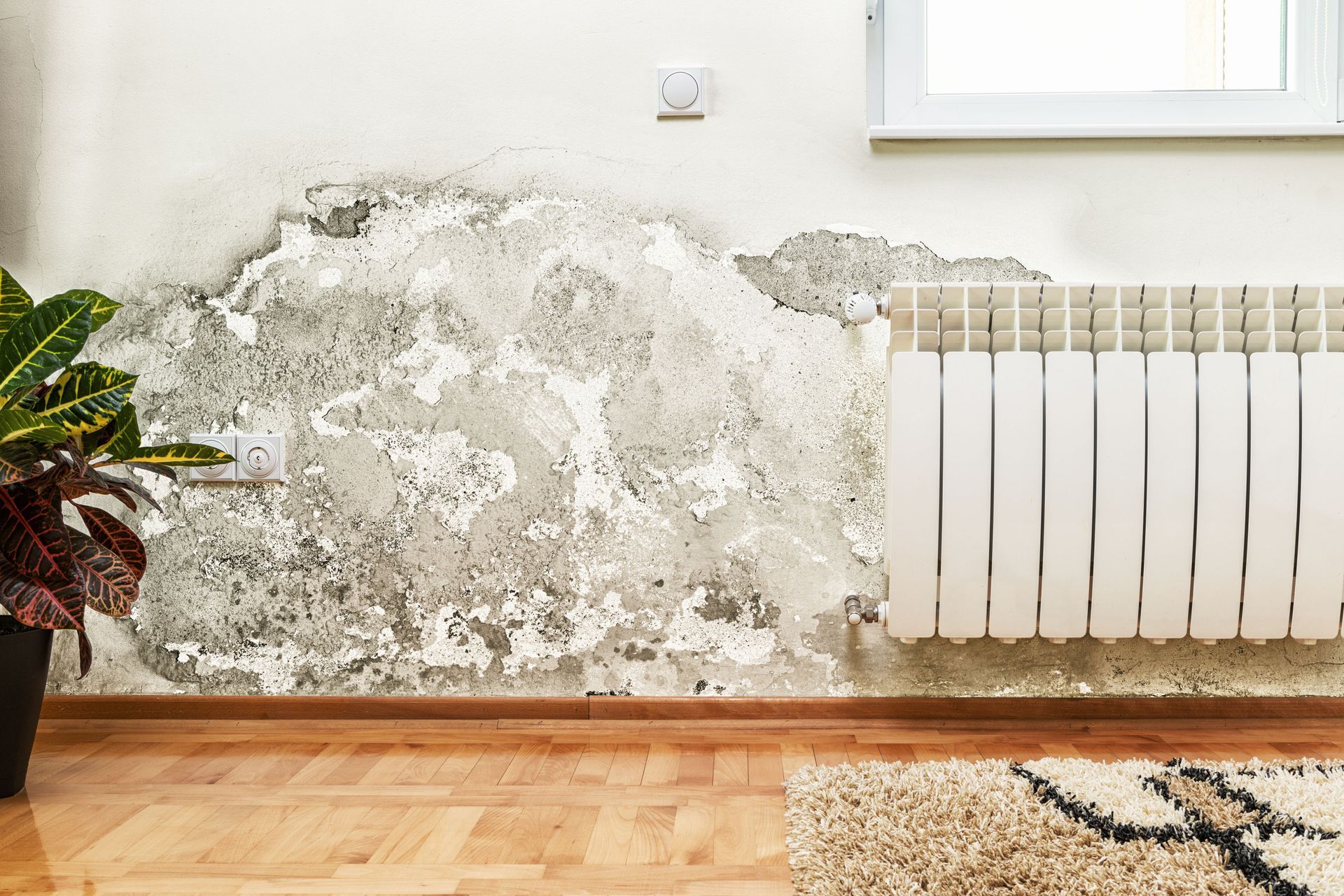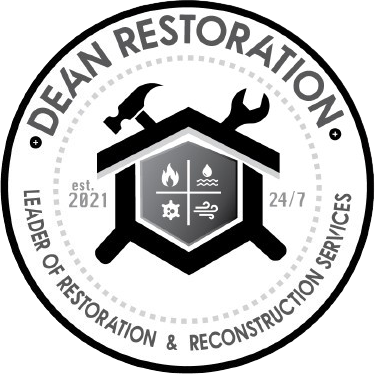Busting 3 Myths About Water Damage
Water damage is a concern for many homeowners, yet it is often surrounded by misconceptions that can lead to inadequate preparations and responses. Whether it's a burst pipe, flooding, or excess moisture, each scenario presents unique challenges. Understanding the truths behind common water damage myths is crucial in protecting your home and ensuring proper recovery methods are employed. Let's dive into these myths and reveal the facts that homeowners need to know.
Myth 1: Minor Leaks Are Not a Significant Threat
One prevalent myth is that a minor leak is not a significant threat. Many homeowners underestimate the potential for small leaks to escalate into larger issues. Even a steady drip can lead to mold growth, structural damage, or increased water bills if not properly addressed. According to Ruby Home, flooding alone causes more than $40 billion in damages a year globally, demonstrating how water in any capacity can inflict significant harm if not managed properly.
Additionally, prolonged moisture exposure can weaken drywall, flooring, and wooden structures. Over time, this can lead to costly repairs and even compromise the safety of a home. Addressing small leaks promptly can prevent widespread damage and help maintain a property's integrity.
Myth 2: Water Damage Is Always Visible
Another misconception is the belief that all
water damage is immediately visible. Many assume that damage is only present if they can see water stains or pooling water. However, water can seep into unseen places such as behind walls or beneath floors, where it can cause significant damage before becoming noticeable.
Investing in regular home inspections and employing moisture meters can help detect hidden damage before it worsens. Homeowners should also pay attention to warning signs like musty odors, peeling paint, or unexplained increases in humidity, which may indicate concealed water damage.
Myth 3: Home Insurance Always Covers Water Damage
The third misconception is that water damage is covered by all types of insurance policies. Homeowners often mistakenly believe that their standard insurance policy will cover any kind of water-related damage. However, many standard policies exclude certain types of water damage, such as flooding.
Homeowners should review their insurance policies carefully, considering additional coverage if necessary to ensure they are adequately protected against all potential threats. Understanding the differences between flood insurance, homeowner's insurance, and sewer backup coverage can prevent costly surprises in the event of water damage.
Dispelling the myths surrounding water damage is key to protecting your home and ensuring a swift recovery from any incidents. Understanding the nuances of water damage can prevent costly repairs and ensure your insurance adequately covers potential risks. By staying informed and proactive, homeowners can mitigate the impact of water damage and safeguard their investment. Call us at Dean Restoration today!



Share On: